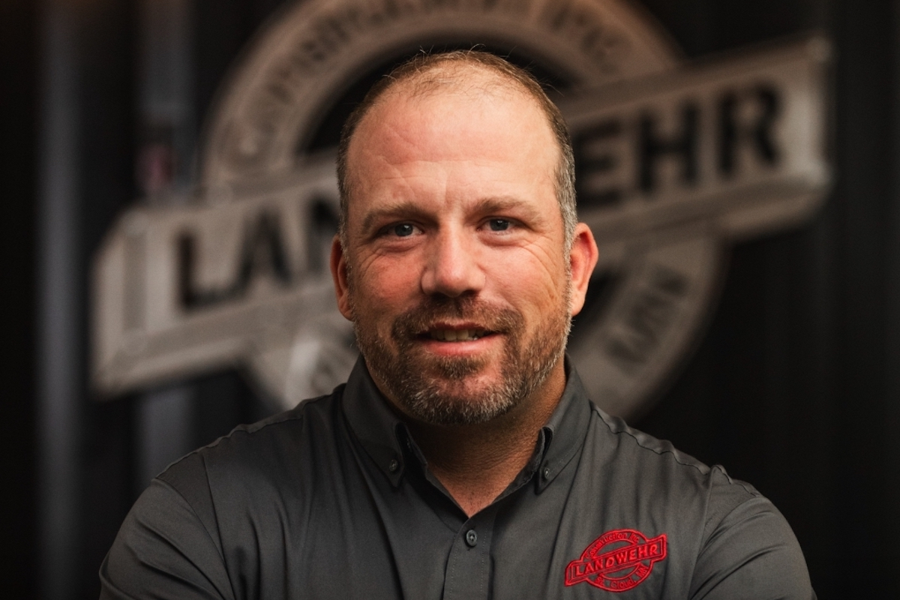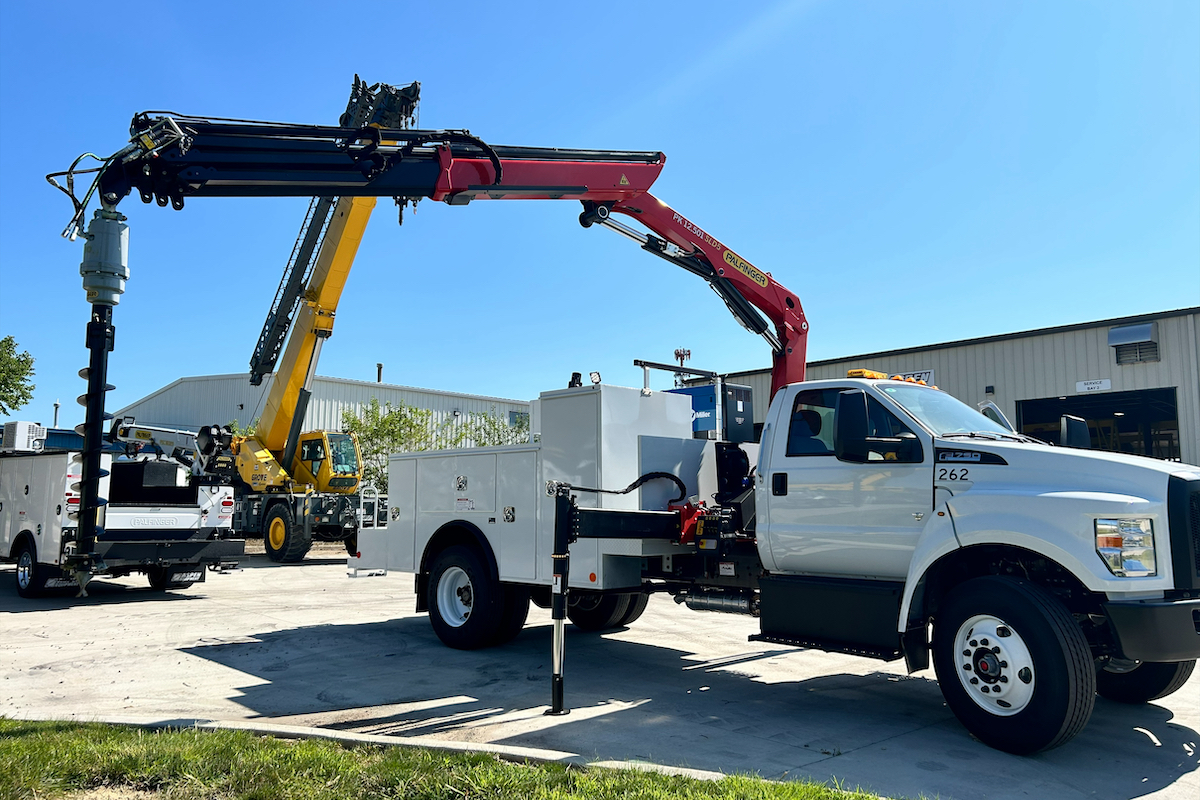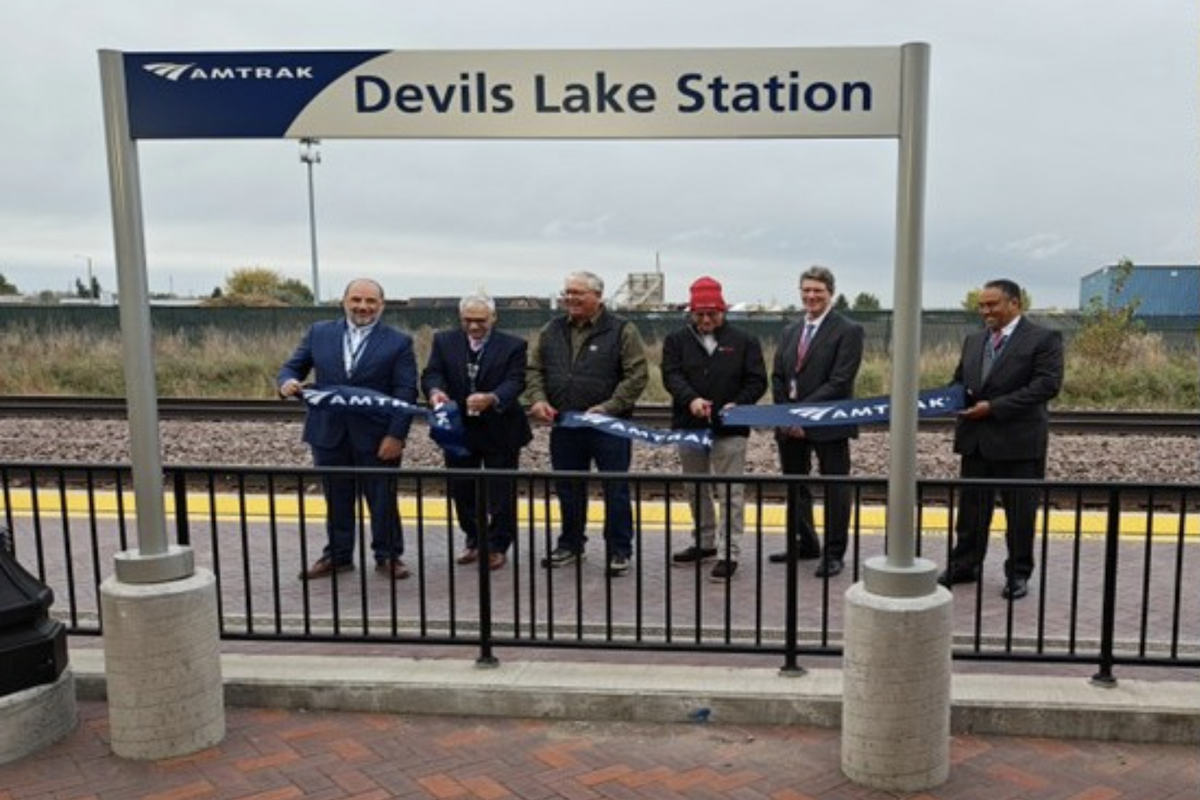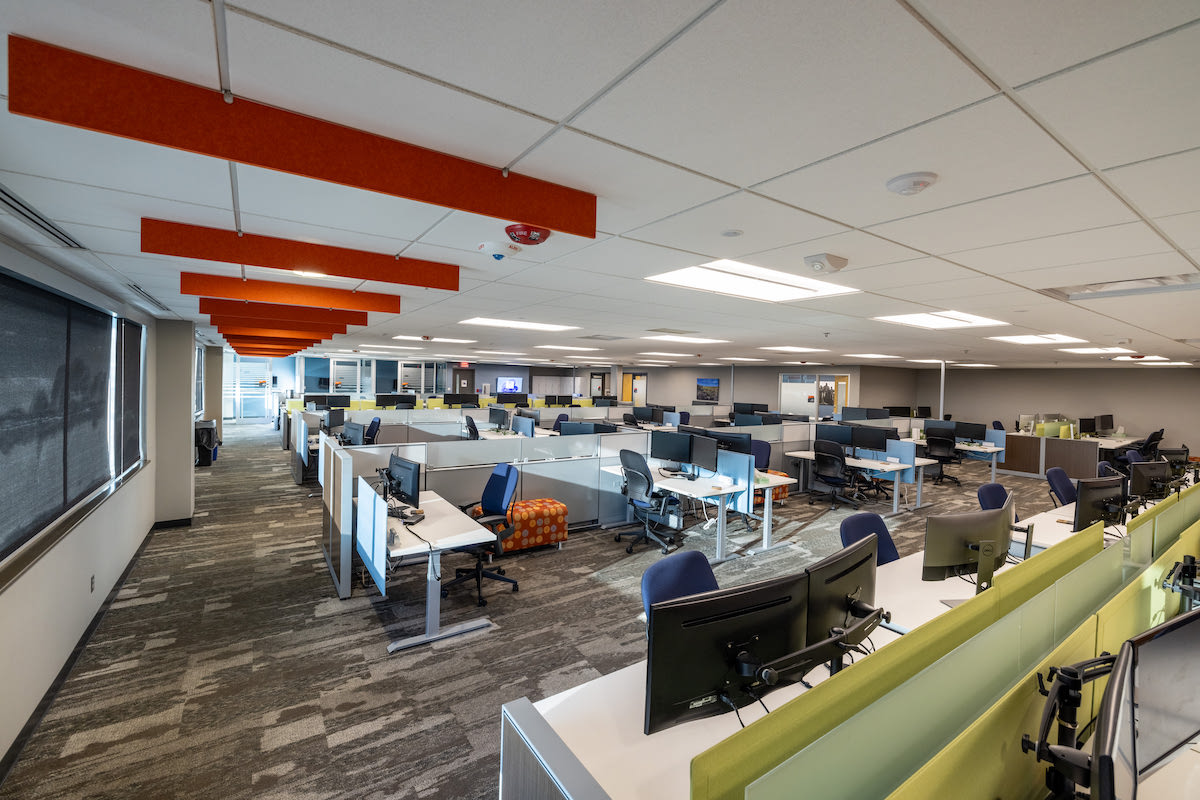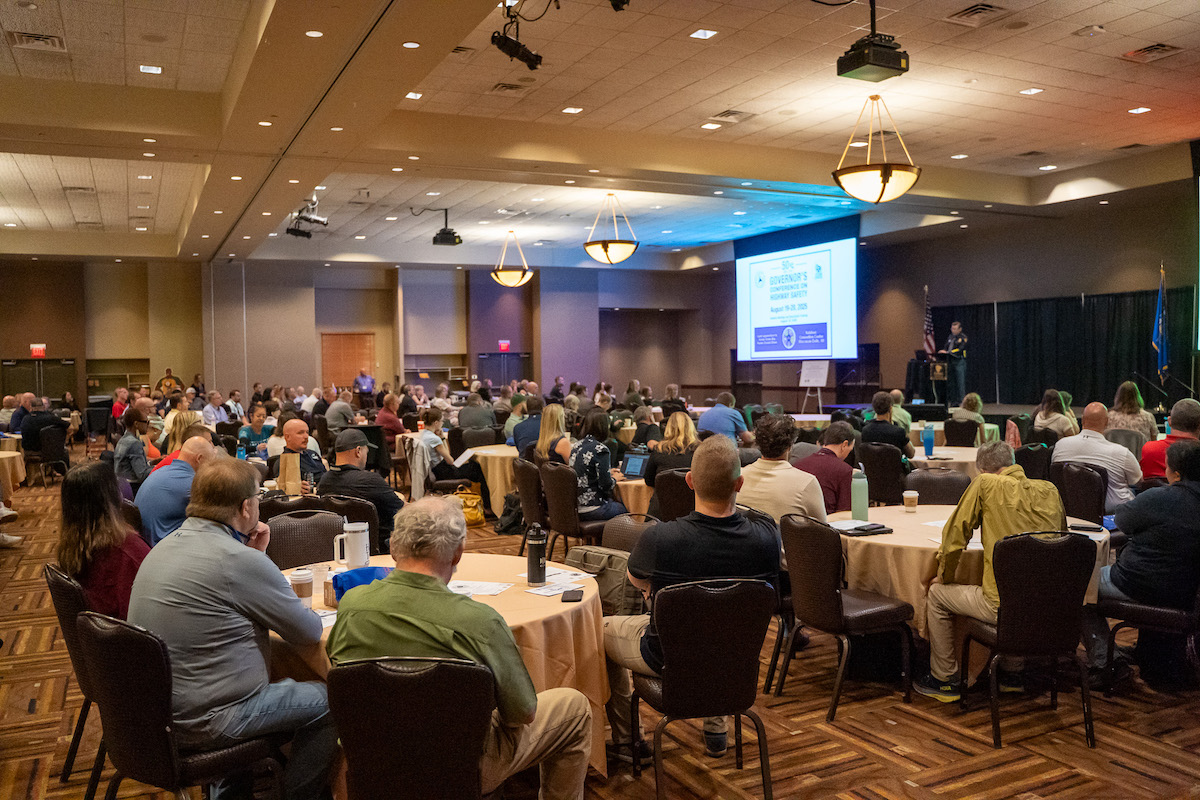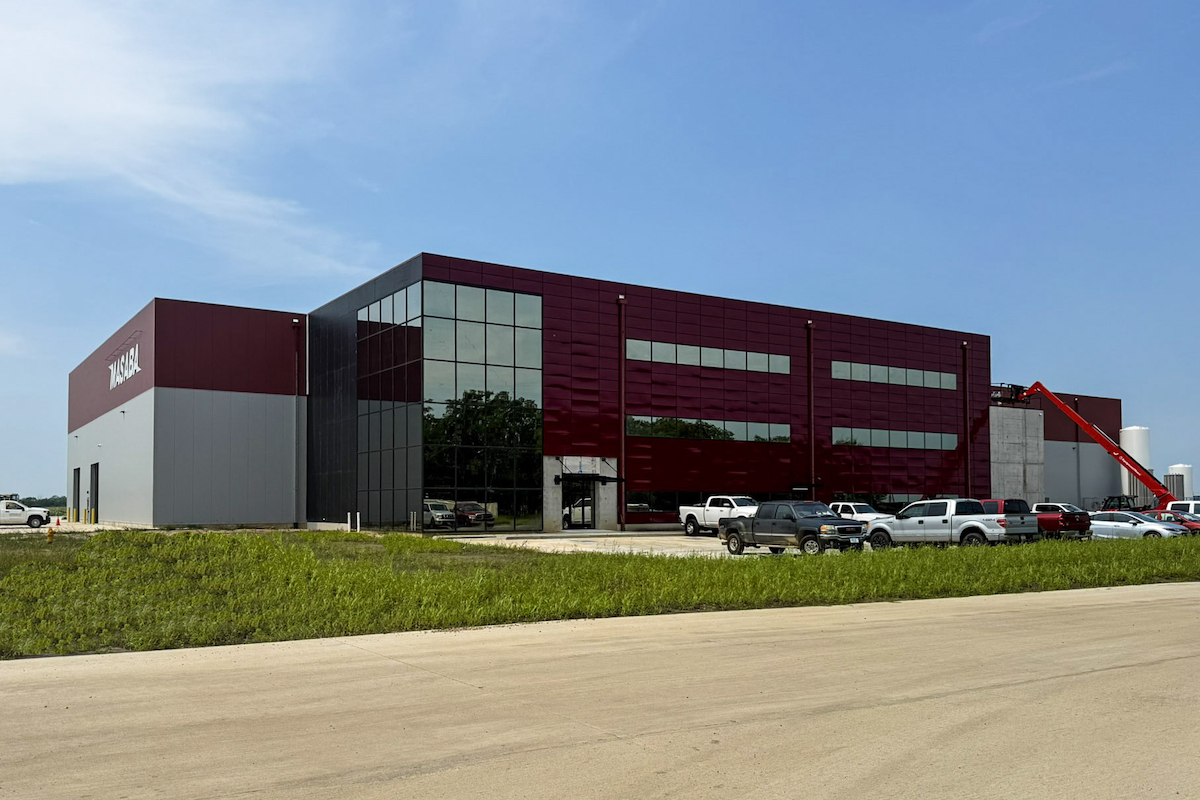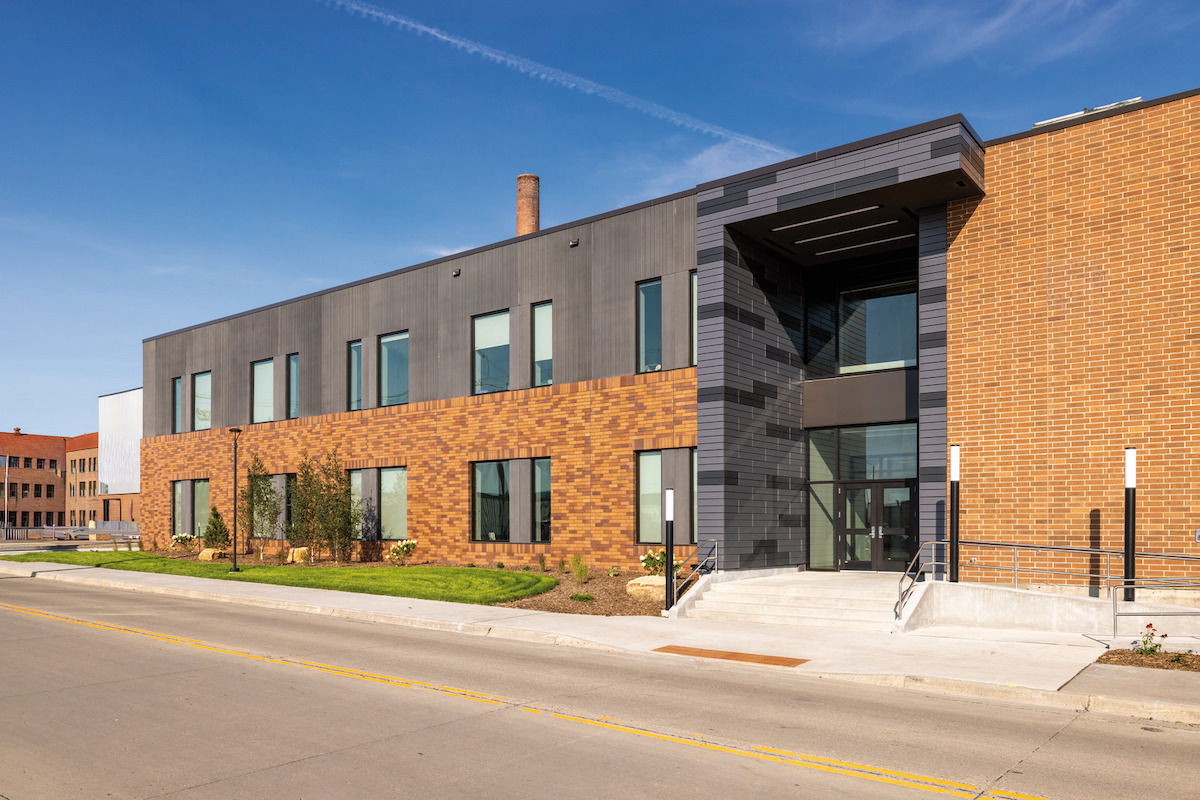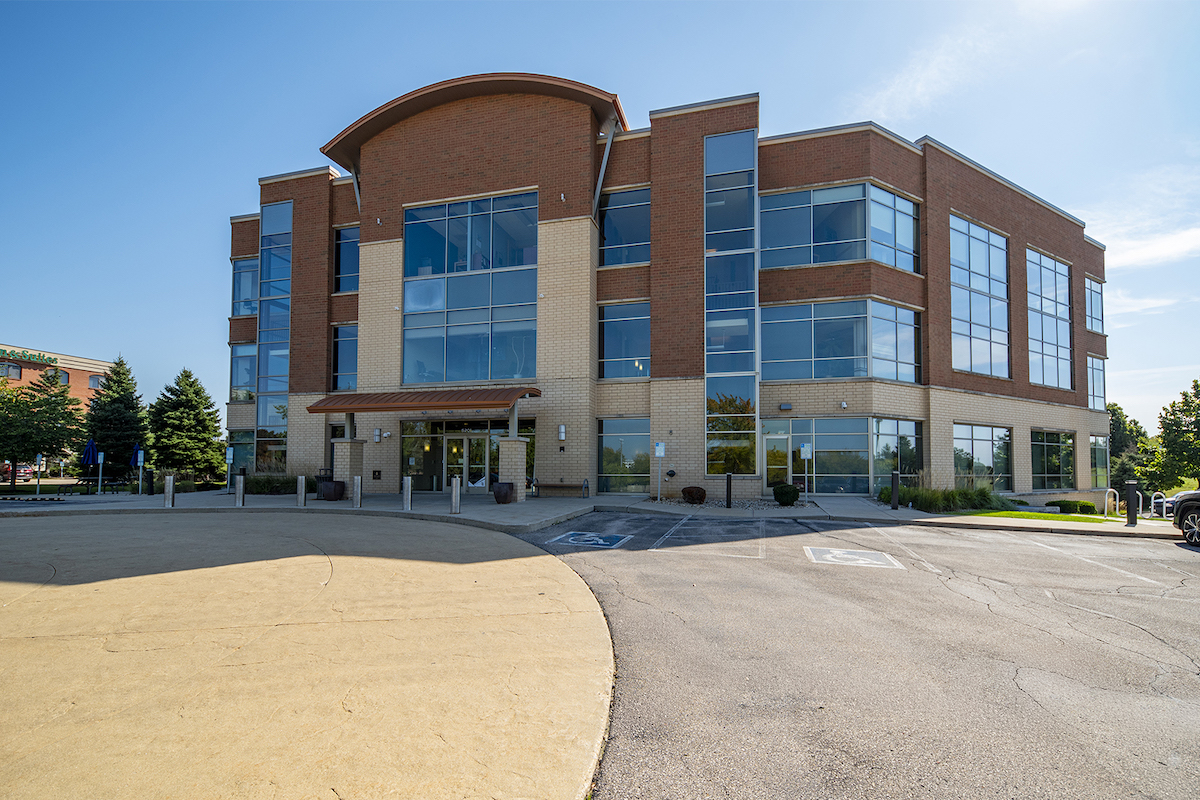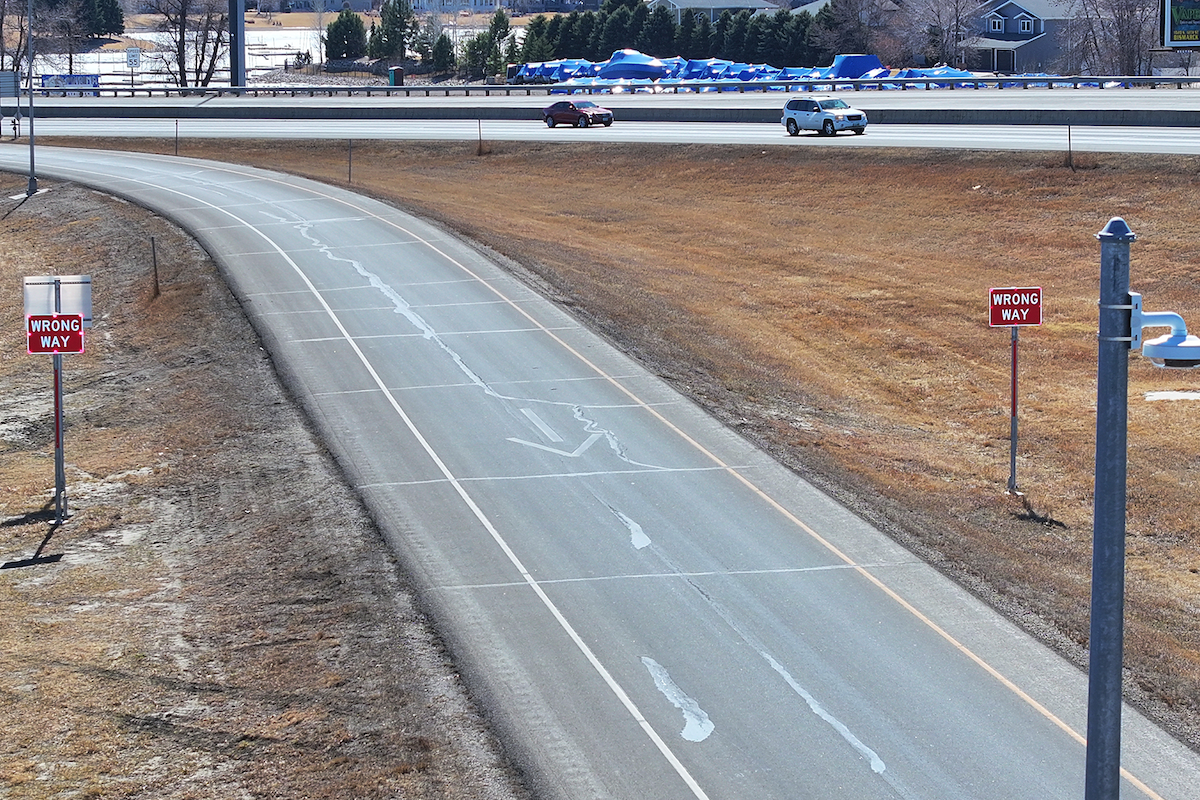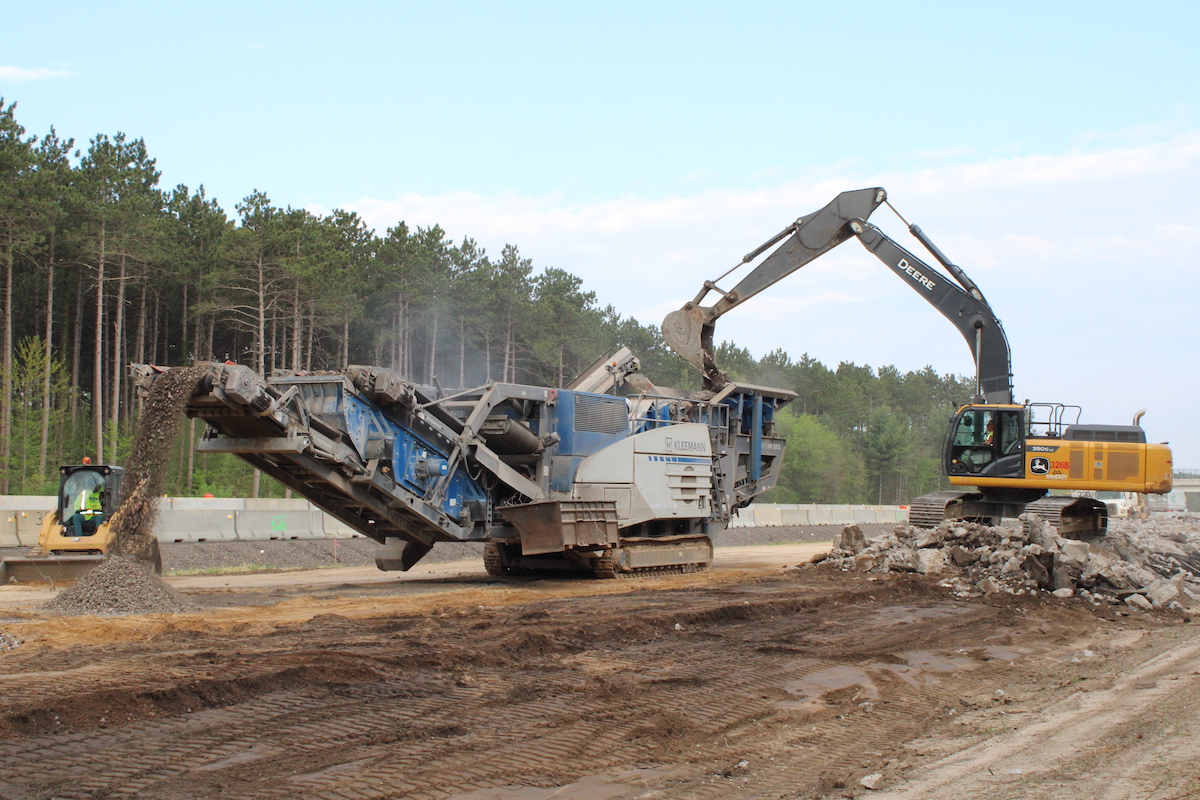Gregory G. Pawlowski, Senior Project Engineer for DRBA in New Castle, Delaware, said that while he hopes there will not be a collision, if one happens to occur after the project is complete, the bridge will stand.
Long before the container ship Dali struck and took down the Francis Scott Key Bridge in Baltimore, Maryland, DRBA had begun planning for a way to protect the Delaware Memorial Bridge.
Something like that “wakes everyone up,” said Anthony DePasquale, an Engineer with S.T. Hudson Engineers of Cherry Hill, New Jersey, the engineer of record. “We build things like this, and we hope they never are tested. You do not want a disaster to happen. It makes you proud to be an engineer and solve these problems.”
When complete next year, the protection system will consist of eight sand-filled “dolphin” cylinders, or cells, each measuring 80 feet in diameter. Four cells will be installed 440 feet from the edge of the 800-foot-wide ship channel. The dolphins are placed on the channel side of the piers supporting the eastern tower and four more at the western tower.

| Your local Volvo Construction Equipment dealer |
|---|
| Nuss Truck & Equipment |
“When a ship hits it, it will stop it,” Pawlowski said.
DRBA received a $22.5 million U.S. Department of Transportation Better Utilizing Investment to Leverage Development grant for this project.
“Because of the grant conditions, selection of a designer went through a traditional RFQ [request for qualifications] process and [was] chosen by qualifications,” Pawlowski said.
However, bids to build the firm’s design came in $30 million to $130 million higher than the authority’s budget, largely due to an increased cost of steel and plans calling for removing 35 feet of muck at the bottom of the river. DRBA did not have the funds to make up the difference and thought the design was more robust than needed.
“CMGC [construction manager general contractor] was the solution, and the consultant who developed the conceptual design used to seek a grant was brought back on the team to come up with a simpler, less-costly design,” Pawlowski said. S.T. Hudson Engineers returned to the project.
“Due to the timeframe of the grant spend deadline, the design had to be fast tracked,” Pawlowski said.
The project permanently alters waters of the United States. The job required permits from the U.S. Army Corps of Engineers, the U.S. Fish and Wildlife Service, and the National Oceanic and Atmospheric Administration. DRBA had to mitigate the disturbed area on a two-to-one ratio and bought mitigation credits from an approved location in New Jersey. The job also required state permits and approval from the U.S. Coast Guard.
“They have been working with us well on this whole process,” Pawlowski said.
Construction began in 2022, with crews driving test piles and taking soil borings. The team tried to mimic the resistance a sheet pile would experience with an H-pile and pipe pile.
“We do a test pile to zero in on the resistance of the soil and not just predictive methods, so you can see what will happen in the field,” DePasquale said.
Then in July 2023, the contractor began construction of a 360-foot temporary trestle from the Delaware shoreline to transport materials and people to the barges.
All work takes place from 10 barges on the river below the bridge. Pierson is using four cranes, each capable of lifting at least 350 tons.
The work begins with construction for each dolphin’s three-level template. Four 2-foot diameter pipe piles are driven to a depth of approximately 95 feet below the water’s surface and into a dense sand layer. These four pipe piles support the three-level, round template. And finally, all 150 sheet piles are hung onto the template. The sheet piles do not support the template, Pawlowski said.
“In short, the weight of the template and sheet piling is fully supported by those four pipe piles,” Pawlowski said.
The template’s base section measures 40 feet, followed by two 30-foot-tall sections. The templates hold the straight-wall sheet piling to ensure they are driven plumb. Each template carries the full weight of itself and the attached sheet piling and flat sheets between each sheet pile.
“There is an enormous amount of design that goes into the templates,” Pawlowski said. “You cannot drive each one to grade one at a time. They must be first locked together to form a ring and then lowered [as a unit] in 5-foot increments. This method prevents them from toeing in or out.”
The U.S. Army Corps of Engineers permit prohibits the contractor from driving any piles between March 15 and June 30 due to an Atlantic sturgeon fishery restriction. Therefore, Pierson drove all eight pipe piles for the next two dolphins just prior to the March 15, 2024, fishery commencement.
Crews could then hang and lock on the sheet piles on the template without disturbing the migrating fish. Next, crews install precast concrete panels on the inside and outside of the structure and place concrete between the panels to prevent corrosion. The upper 50 feet of the sheet piling are also coated on the outside to hinder corrosion. Then they fill it with sand.
The team uses strain gauges to measure stresses on the interlocks between the steel sheet pile sections during the filling. Excessive stress could cause the interlock to rupture. Inclinometers are deployed to measure verticality or leaning of the cell during filling, which could be created by uneven distribution of the fill placement in the cell, Pawlowski said. Piezometers measure pressure of the saturated silty clay river bottom.
“In order to make sure we do not exceed the forces from filling the sand too quickly, we are measuring the soil pore pressure and stresses on the steel,” DePasquale said. “We are measuring in real time. So far, everything is going as planned.”
Due to the mucky river bottom, S.T. Hudson suggested speeding up the soil consolidation with wick drains, which act as straws and allow water to be squeezed out of the soils, strengthening the foundation. Crews install 300 wick drains per dolphin on a 6-foot grid.
“In 18 months, the foundation gains enough strength, so that the cell is able to resist the impact of a ship,” DePasquale added.
The engineers designed the protection to withstand a ship larger than the Dali, which hit the Baltimore Key bridge. But if a dolphin is hit and damaged, the sand will spill out, and the dolphin will likely need to be replaced.
With all of the construction activity going on, the team expressed concern for the bridge. They monitored vibrations on the existing piers using seismic instrumentation and conducted weekly surveys to determine whether settlement or movement of the bridge pier had occurred.
Each protective dolphin takes about three months to complete. The Pierson team learns from each dolphin and will make minor adjustments. The first dolphin now stands alone. The third cell is under construction. DRBA flies drones to take progress photographs and will install fixed cameras in the future.
Pawlowski praised the teamwork. “Our CMGC team worked well together to develop a cost-effective solution which meets AASHTO [American Association of State Highway and Transportation Officials] Guidelines and at a significant savings when compared to a design-bid-build solution,” he said.
Pawlowski highly recommends using the design-build or CMGC delivery methods, with local contractors and designers collaborating early in the process. The contractor must be able to safely construct the dolphin.
“The system is too complicated to use design-bid-build,” Pawlowski said. “Every contractor in every region will have their preferred methodology based on knowledge and equipment to do the work.”
Additionally, the “design needs to be sacrificial and not be considered robust enough to survive a vessel strike,” Pawlowski said. “The system operates similar to the sand barrel end treatment we see along a highway to protect vehicles from blunt objects, such as barrier wall.”
In other words, if a ship hits the dolphin, it will stop the ship but destroy the dolphin. DRBA, at that point, would need to replace it.
The project remains on budget. DRBA anticipates completion of the project in September 2025.
“After recent events, I feel certain our surrounding community will feel much better knowing the system is in place,” Pawlowski said. “Until now, not many people gave it any thought.”
Photos courtesy of Delaware River & Bay Authority






















